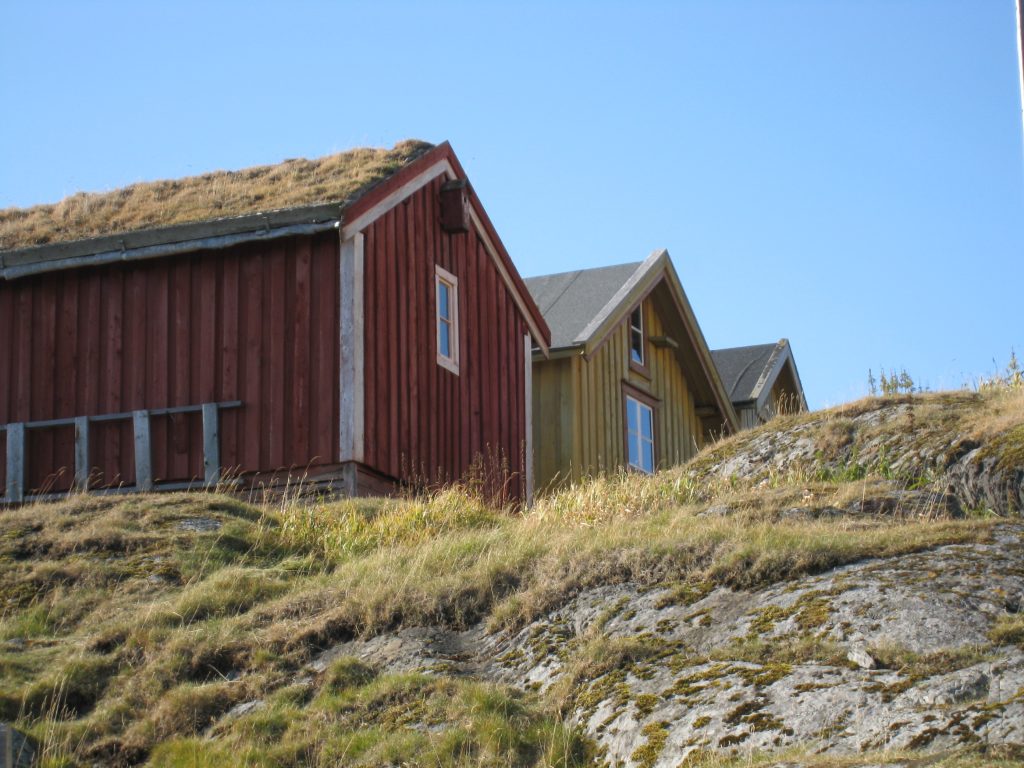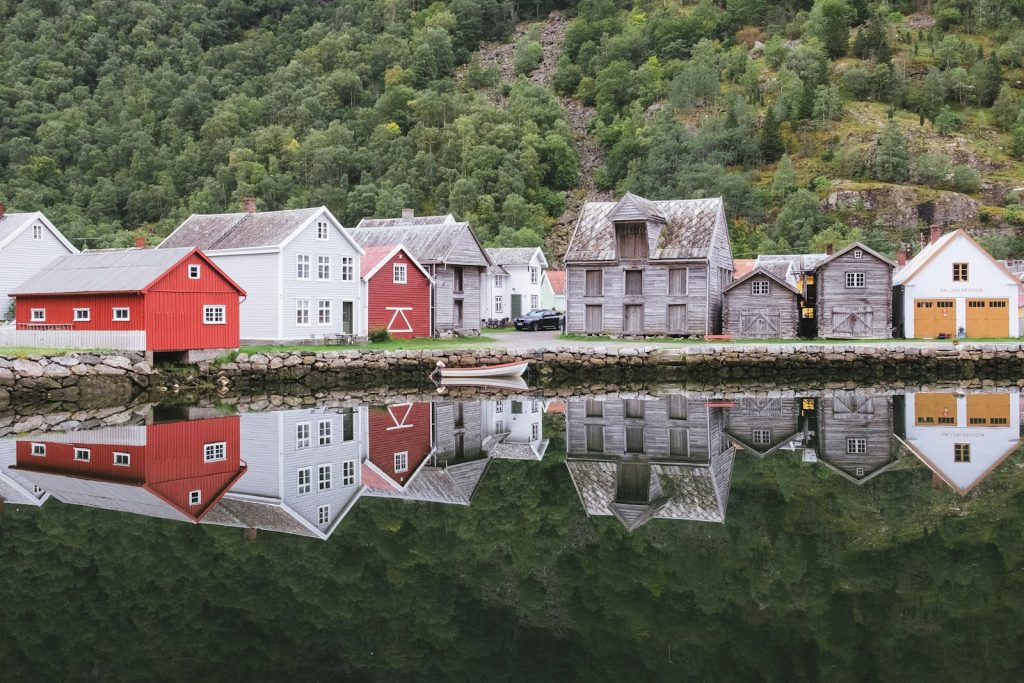Vegaøyan – The Vega Archipelago: Nestled just south of the Arctic Circle, the Vega Archipelago is a testament to the resilience and ingenuity of the human spirit in the face of challenging natural conditions. This cluster of islands, spanning over 100,000 hectares, bears witness to a distinctive way of life shaped by centuries of fishing, farming, and the harvesting of eider down. As a UNESCO World Heritage Site, the Vega Archipelago stands as a beacon of cultural and ecological significance, celebrating the harmonious relationship between humanity and the environment.
Sustaining a Frugal Way of Life
For more than 10,000 years, the islands of Vega and Søla have been inhabited by fishermen and hunters, whose lives have been intertwined with the ever-changing seascape. Over time, these resilient communities developed a unique way of life, centered around the tending of eider ducks and the bountiful resources of the surrounding ocean. Women played a pivotal role in this lifestyle, contributing to the tradition of eider down harvesting and preserving cultural heritage for future generations.
A Cultural Mosaic
The Vega Archipelago’s cultural landscape is characterized by a mosaic of fishing villages, farming complexes, and traditional shelters for eider ducks. From the rugged peaks of Søla to the fertile shores of Vega, each island tells a story of human adaptation and stewardship. The cultural heritage of the archipelago is preserved through the meticulous maintenance of ancient buildings and the continued practice of traditional management techniques.

Protecting Integrity and Authenticity
Efforts to safeguard the integrity and authenticity of the Vega Archipelago are paramount to ensuring its long-term preservation. Robust legislative protections, including nature reserves and cultural heritage acts, provide a framework for conservation efforts. A comprehensive management plan, supported by local stakeholders and government authorities, ensures the sustainable management of the archipelago’s natural and cultural resources.
Balancing Conservation and Development
While the Vega Archipelago is celebrated for its rich biodiversity and cultural heritage, it also faces challenges from increasing tourism and industrial activities. Solutions to minimize the visual impact of infrastructure, such as radio masts, are being explored, while sustainable tourism initiatives aim to mitigate the environmental footprint of visitors. By striking a balance between conservation and development, the Vega Archipelago can continue to thrive as a living testament to human resilience and environmental stewardship.

Embracing the Legacy
In conclusion, the Vega Archipelago stands as a symbol of human ingenuity and environmental harmony. By preserving its cultural traditions and ecological integrity, we honor the legacy of those who have called these islands home for millennia. As custodians of this extraordinary landscape, we have a responsibility to protect and sustain it for future generations, ensuring that the Vega Archipelago remains a source of inspiration and wonder for all.
Read also: Top 10 Coffee-Drinking Countries in 2023: A Global Ranking and Analysis
Read in Rachona: Vegaøyan – The Vega Archipelago: A Testament to Sustainable Living






